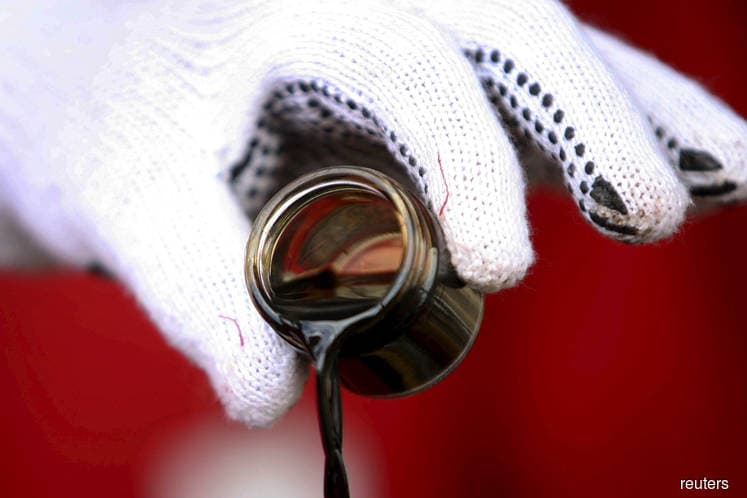
This article first appeared in The Edge Financial Daily on December 10, 2019
Oil and gas sector
Maintain overweight: The Organization of the Petroleum Exporting Countries (Opec) and non-Opec members (Opec+) meeting’s outcome was in line with the oil and gas (O&G) market’s expectations, with oil output cuts extended into next year. The allies even agreed to throttle output by an additional 500,000 barrels (bbls) per day to 1.7 million barrels (mbbls) per day or about 1.7% of global demand, surprising the market from the initial thought of the same 1.2 mbbls per day. Nonetheless, the effective time frame is just for the first three months of 2020, shorter than the previous deal’s six or 12 months.
Producers will meet again in early March. Of the 500,000 bbls per day, Opec will shoulder 372,000 bbls per day and non-Opec producers an extra 131,000 bbls per day, bringing the total reduction to 1.17 mbbls per day for Opec and 531,000 bbls per day for non-Opec members led by Russia. Iran, Libya and Venezuela remain exempted.
Several participating countries, mainly Saudi Arabia, will continue with their additional voluntary restriction of 400,000 bbls per day, leading to an aggregated global production curb of 2.1 mbbls per day since the collaboration started in 2017. Russia is also affirming its quota of 300,000 bbls per day in the first three months of 2020.
Thus far, the compliance level of the arrangement has been inspiring at an average of 146% by Opec members and 110% by the non-Opec group over 10 months. Saudi Arabia’s average compliance is the highest within Opec members at 271%, though attacks on its energy infrastructure in September pushed the kingdom and Opec’s oil production cuts into overdrive.
To recap, Opec+ agreed last year to reduce volumes by about 1.2 mbbls per day to eliminate a surplus and bolster crude prices. In reality, the alliance has cut far deeper for most of 2019 due to voluntary and involuntary measures. The group’s Joint Technical Committee concluded that supply reductions exceeded that of target by about 40% in October, equivalent to about 500,000 bbls per day in additional curbs.
As such, we do not see Opec+’s recent decision to cut an additional 500,000 bbls per day would lead to higher oil prices, but rather provide stability and support for oil prices ahead of expected output increases next year by countries not participating in the cuts led by the world’s top producer, the US. — PublicInvest Research, Dec 9